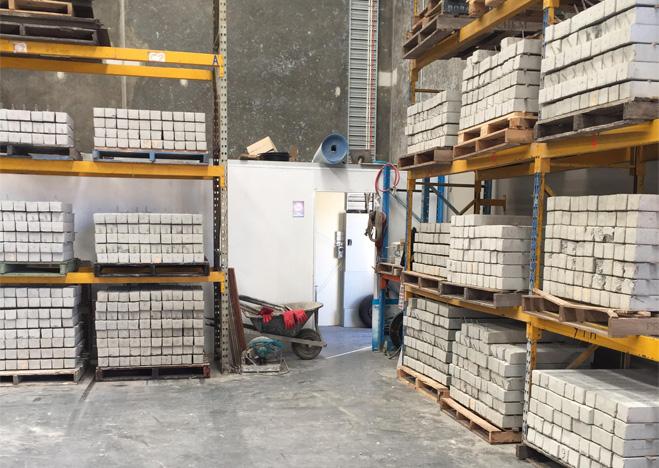Restumping is a process in which the house is resettled by replacing the old stumps with new stumps. This is mostly required in those houses whose subfloor is built on stumps. Over a period of time, because of soil movement, the house stumps become settled or wooden stumps start to deteriorate because of moisture. This causes structural damage and if neglected the building might collapse leading to serious hazards. Thus, it is important to attend to this issue at its early stage.
While restumping firstly the damaged area is examined and then raised up using jacks to replace the old stumps with new ones. Usually, wooden stumps were used but nowadays stumps made of galvanized steel or concrete stumps are preferred as they don’t get rotten, they are termite-resistant and don’t crack over time, giving better structural stability to the building.
Things to keep in mind while restumping:
- Soil Quality: The main factor that decides how long your stumps will survive is the soil quality of the area. Whether it is wooden stumps or concrete stumps, they will settle with time but for different reasons. Both have different features and are suitable for different soil conditions. So, the best way is to let your area get examined by an expert to determine which type of stumps will suit your soil.
- Infestation by Termites: Another factor to keep in mind is rotting by termites. This is very common to see in wooden stumps. If your area is prone to moisture and humidity then wooden stumps won’t be a good idea to opt for as there are high chances of them getting rotten away from termites and other borers. This will cause unequal distribution of weight leading to structural damage to the house. So, the best way in such conditions is to either use Copper Chrome Arsenic coated wooden stumps or use concrete stumps.
- Cracking: Another issue that is common to be seen in stumps is cracking. You need to make sure that the stumps being used for restumping are made from good quality material with steel reinforcing rods to ensure better stability and structural integrity. If poor quality stumps are used then they are likely to get cracked after few years and you would have to replace them again, resulting in another big expense.
Why use concrete stumps?
The two most common type of materials used for stumps is wood and concrete. Although concrete stumps tend to be expensive they are preferred over wood stumps because of the following reasons:
- As concrete is a strong and sturdy material, stumps made from concrete offer better stability and strength to the walls, floors, and entire structure of the house. Concrete stumps are likely to distribute the weight of the house in a uniform manner, resulting in less wear and tear of the foundation over time.
- Unlike wood, concrete stumps are able to bear most of the soil conditions such as rotting and decaying. They are also resistant to moisture and heat; this allows them to retain their shape and structure in all weather conditions.
- Another big advantage that concrete stumps offer is they require minimal maintenance. Once these stumps are installed, you don’t need to look after them. All you need to do is just check for any signs of cracks once in a while.
- As we all know that concrete is one such material that is highly used in the construction industry because of its non-combustible property. So, when you install concrete stumps while restumping, you in a way add on to the safety and security of the house because these stumps will not catch fire.
So, now you must have got an idea about what things you need to keep in mind while opting for restumping and why you should prefer using concrete stumps over wood stumps. Keep this information handy while renovating your house or building to avoid any pitfalls.













No Comments